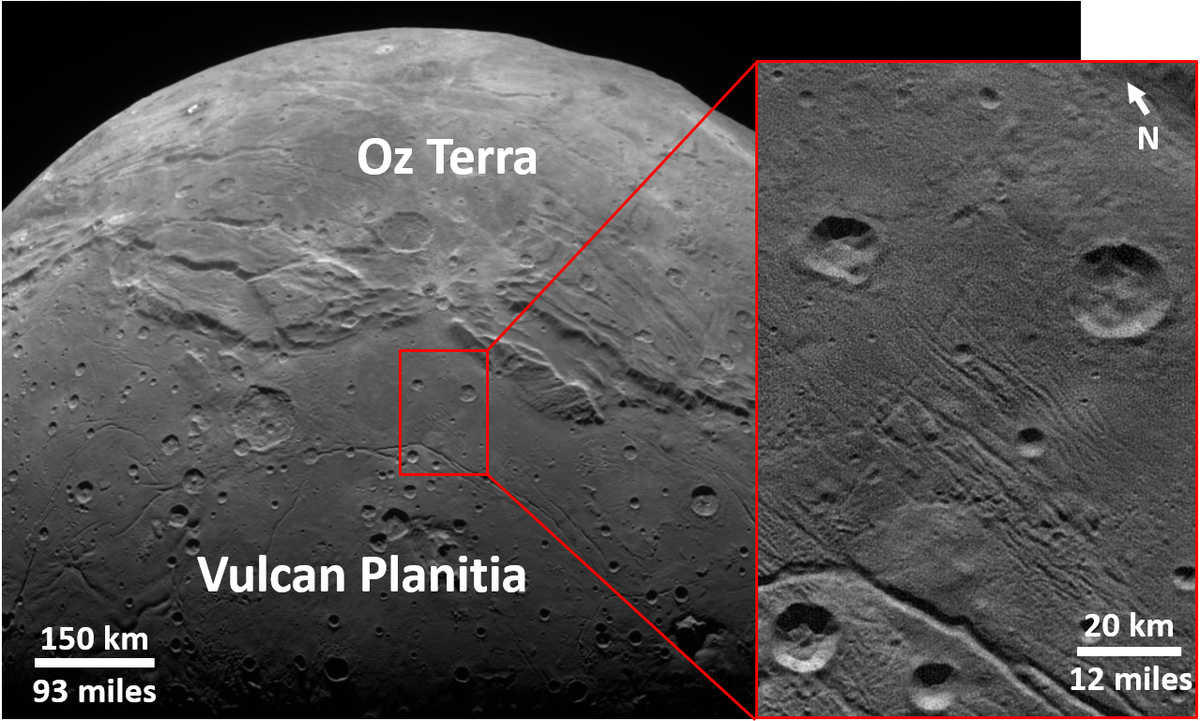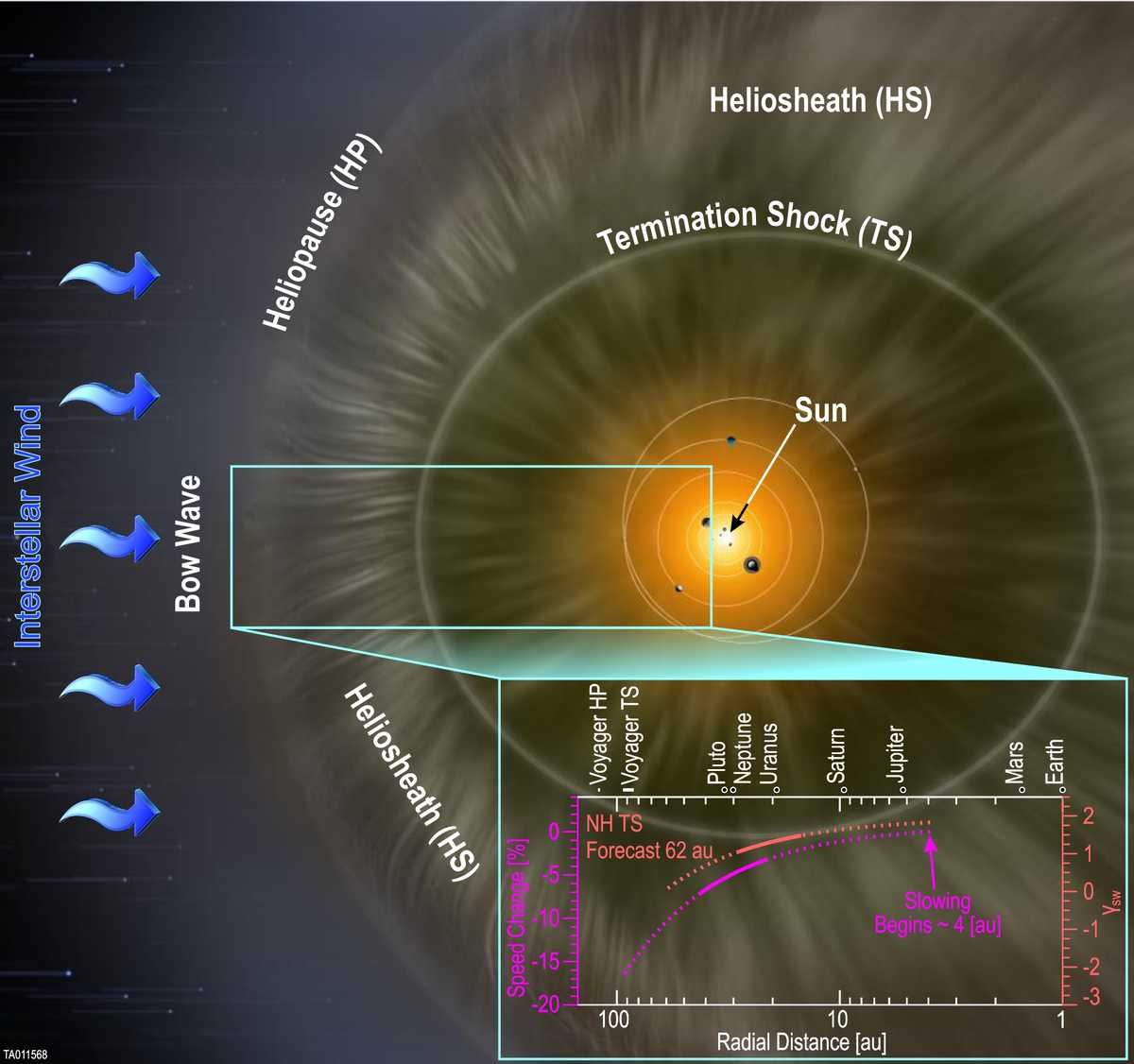The uniform color and composition of Arrokoth’s surface shows
the Kuiper Belt object formed from a small, uniform, cloud of
material in the solar nebula, rather than a mishmash of matter
from more separated parts of the nebula. The former supports
the idea that Arrokoth formed in a local collapse of a cloud in
the solar nebula. Credits: NASA/JHU APL/SwRI/R Tkachenko
Data from NASA's New Horizons mission are providing new insights into how planets and planetesimals – the building blocks of the planets – were formed.
The New Horizons spacecraft flew past the ancient Kuiper Belt object Arrokoth (2014 MU69) on Jan. 1, 2019, providing humankind's first close-up look at one of the icy remnants of solar system formation in the vast region beyond the orbit of Neptune. Using detailed data on the object's shape, geology, color and composition – gathered during a record-setting flyby that occurred more than four billion miles from Earth – researchers have apparently answered a longstanding question about planetesimal origins, and therefore made a major advance in understanding how the planets themselves formed. ...
"Arrokoth is the most distant, most primitive and most pristine object ever explored by spacecraft, so we knew it would have a unique story to tell," said New Horizons Principal Investigator Alan Stern, of the Southwest Research Institute in Boulder, Colorado. "It's teaching us how planetesimals formed, and we believe the result marks a significant advance in understanding overall planetesimal and planet formation."
The first post-flyby images transmitted from New Horizons last year showed that Arrokoth had two connected lobes, a smooth surface and a uniform composition, indicating it was likely pristine and would provide decisive information on how bodies like it formed. ...
Over the following months, working with more and higher-resolution data as well as sophisticated computer simulations, the mission team assembled a picture of how Arrokoth must have formed. Their analysis indicates that the lobes of this "contact binary" object were once separate bodies that formed close together and at low velocity, orbited each other, and then gently merged to create the 22-mile long object New Horizons observed.
This indicates Arrokoth formed during the gravity-driven collapse of a cloud of solid particles in the primordial solar nebula, rather than by the competing theory of planetesimal formation called hierarchical accretion. Unlike the gentle, low-velocity process that is the hallmark of particle-cloud collapse, in hierarchical accretion, planetesimals slammed into each other at increasingly higher speeds to form larger bodies. ...
Two other important pieces of evidence support this conclusion. The uniform color and composition of Arrokoth's surface shows the KBO formed from nearby material, as local cloud collapse models predict, rather than a mishmash of matter from more separated parts of the nebula, as hierarchical models might predict.
The flattened shapes of each of Arrokoth's lobes, as well as the remarkably close alignment of their poles and equators, also point to a more orderly merger from a collapse cloud. Further still, Arrokoth's smooth, lightly cratered surface indicates its face has remained well preserved since the end of the planet formation era. ...








